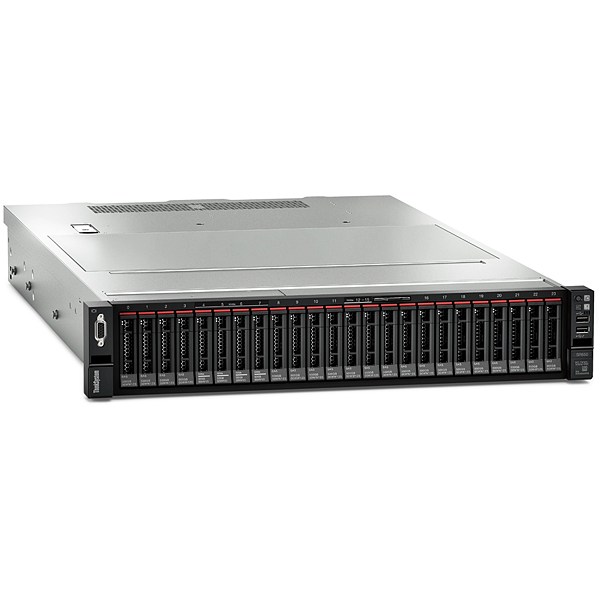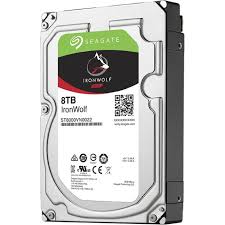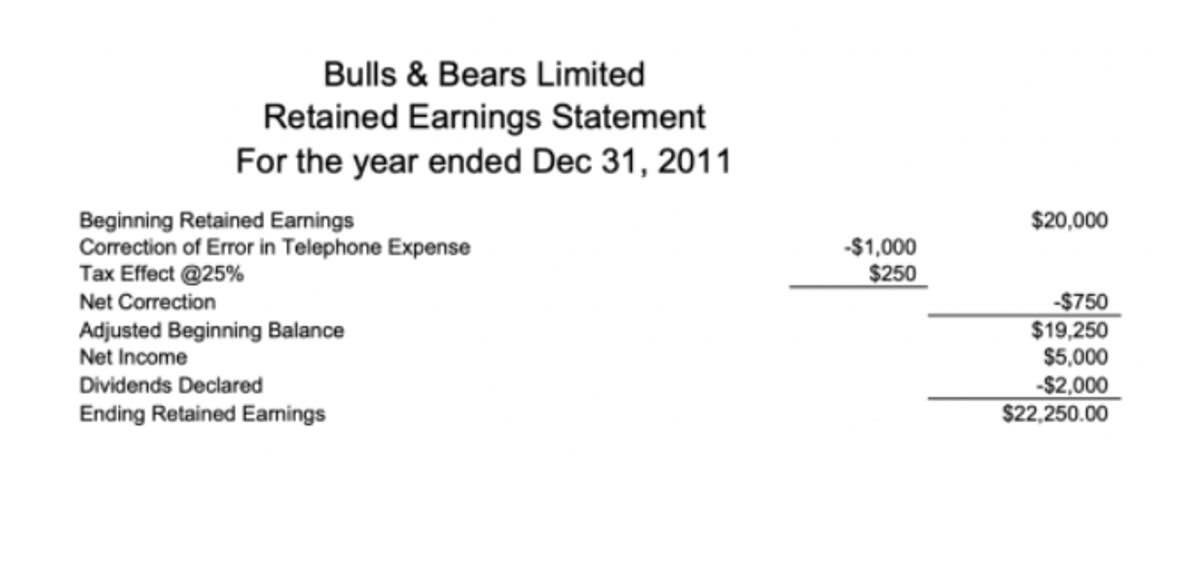Quickbooks Online Vs Desktop
QuickBooks Premier also offers advanced inventory management capabilities. You can easily track inventory levels, set reorder points, and create purchase orders to ensure you never run out of stock. The software also provides insights into your inventory profitability, allowing you to make data-driven decisions and optimize your inventory management. Furthermore, QuickBooks Online offers several pricing plans to suit different business needs. From the Essentials plan for small businesses, to the Advanced plan for larger enterprises, you can choose a plan that aligns with the size and complexity of your business. This flexibility allows you to scale your accounting software as your business grows.
Enterprise Software Bundle
If you can’t decide if QuickBooks Online, QuickBooks Desktop, or another QuickBooks version is right for your business, this guide is for you. The QuickBooks Desktop versions suit companies that prefer software installations to cloud solutions. Those using Mac solutions only are limited to the one choice of QuickBooks Mac Plus. If you think about your type of business and what features you need, the best option is usually clear. QuickBooks from Intuit is available in several different versions. These offer much of the same functionalities, and ways of working.
In the other states, the program is sponsored by Community Federal Savings Bank, to which we’re a service provider. Learn what you need to know to set up an online payment system that works for your business today while providing flexibility for future growth. Advanced Inventory is included in the Platinum and Diamond subscriptions only.
Another standout feature of QuickBooks Enterprise is its advanced inventory management system. With the Advanced Inventory add-on, you can track multiple locations, serial numbers, and lots, and easily manage your inventory across different warehouses or stores. This level of inventory control allows for more accurate and efficient management of your stock and reduces the risk of overstocking or stockouts.
Copyright © 2009-2025 Fourlane. All rights reserved. Intuit and QuickBooks are registered trademarks of Intuit Inc.
QuickBooks offers various support options, including live chat, phone support, and email assistance. Customer support is available to help you with any issues you might face while using the software. Managing user access and permissions is essential for maintaining data security. QuickBooks Online allows you to set different access levels for each user, ensuring that employees only see the information they need. QuickBooks Desktop offers even more granular control over user permissions, making it a better choice for larger businesses with multiple departments.
- Before deciding on a QuickBooks version, you should first consider your business size and industry specific bookkeeping requirements.
- One of the key advantages of QuickBooks Enterprise is its scalability.
- By providing feedback on how we can improve, you can earn gift cards and get early access to new features.
- QuickBooks offers scalable solutions like QuickBooks Online Advanced and QuickBooks Enterprise, which can grow with your business and provide advanced features as needed.
Customer portals
Then my own business will just be a sole proprietorship and I’ll keep them separate. Why don’t you consider QB Desktop Pro Plus or Premier Plus to manage multiple “company” files? Understanding your unique business needs will help narrow down your top options and make your decision-making process easier. Our unbiased reviews and content are supported in part by affiliate partnerships, and we adhere to strict guidelines to preserve editorial integrity. The editorial content on this page is not provided by any of the companies mentioned and has not been reviewed, approved or otherwise endorsed by any of these entities. The vendors that appear on this list were chosen by subject matter experts on the basis of product quality, wide usage and availability, and positive reputation.
How To Choose Payroll Software For Your Small Business
For the Desktop version, you pay an annual fee starting at $1,922 per year, and the cloud-based option starts at $15 per month. Both versions have mobile apps, but the app for the Desktop version primarily functions as a way to upload receipts, and the Online mobile app is robust in comparison. Choosing the right QuickBooks version for your business is crucial for efficient financial management. Each version offers unique features tailored to different business needs, from small startups to large enterprises. By understanding your specific requirements, such as industry-specific tools, scalability, and integration capabilities, you can select the version that best supports your business goals. Remember, starting with a basic plan and upgrading as your business grows can be a cost-effective strategy.
If you’re what version of quickbooks do i need a freelancer, QuickBooks Solopreneur is the obvious choice. If you’re running a small business, you’ll be comparing QuickBooks Online or QuickBooks Pro. The first major deciding factor is whether or not you want cloud-based or locally-installed software. QuickBooks Mac Plus is best for small to medium-sized businesses looking for locally-installed software compatible with Macs. QuickBooks Solopreneur is best for freelancers, contractors, and other self-employed individuals in need of basic bookkeeping and tax support. We’ll break down the pros, cons, pricing, and other details for each product to help you make the most informed purchasing decision.
QuickBooks Desktop Pro Pricing
If you’re a freelancer, stick with its Self-Employed plan, which is $15 per month 9after the three-month discount at $7.50). Features include mileage tracking, basic reporting, income and expense tracking, capture and organize receipts and estimation of quarterly taxes. QuickBooks Self-Employed starts at around $10 per month, while more advanced versions like QuickBooks Enterprise can cost significantly more, depending on features and user licenses. One of the strengths of QuickBooks is its ability to integrate with other software. You can connect QuickBooks with apps like Shopify for e-commerce or Bill.com for invoicing.
However, if you don’t need extra features, the industry editions, or the extra users, QuickBooks Premier could be needlessly expensive. QuickBooks Pro is locally-installed software with highly developed features like contact and lead management, expense tracking, project management, accounts payable, invoicing, and more. The downside of QuickBooks Online is that customer support is a bit lacking, and the subscription fee can be a bit expensive for smaller businesses in need of advanced features. With strong accounting capabilities, impressive features, 750+ integrations, and fully-featured mobile apps, it’s no wonder QuickBooks Online is one of our top accounting recommendations. Though there are occasional navigation difficulties, QBO is incredibly easy to use overall.
However, if you need more advanced inventory management, QuickBooks Enterprise is the way to go. It provides features like barcode scanning, advanced pricing, and the ability to track inventory across multiple locations. QuickBooks Enterprise is designed for larger businesses with more complex requirements. It offers advanced features like advanced reporting, inventory tracking, and user permissions.
For example, QuickBooks Enterprise can support up to 40 users, making it a great choice for larger businesses. Knowing what tasks are essential will help you choose a QuickBooks version that meets your needs. For instance, if you need inventory management, QuickBooks Enterprise might be the best fit. QuickBooks Online is a cloud-based solution, making it accessible from anywhere with an internet connection. This version is ideal for businesses that need flexibility and remote access. One of its standout features is the ability to manage your finances on the go.
From a bookkeeping point of view, I would have to say avoid this option unless you are a solopreneur or freelancer with no plans on expanding your business. Yes, QuickBooks provides customer support for all versions, including live chat, phone support, and extensive online resources to help users troubleshoot and maximize their software. Cloud hosting allows you to access your accounting data from anywhere, anytime. 67% of accountants prefer cloud accounting because it offers enhanced accessibility and collaboration. With cloud hosting, you don’t need to worry about maintaining hardware or infrastructure, which can save you money.
- It’s often beneficial to consult with a tax or accounting professional when deciding on the best QuickBooks version for your needs and understanding the implications of ownership and data management.
- Thank you for choosing QuickBooks Desktop in running your business.
- Think about the number of employees, the volume of transactions, and the complexity of your financial operations.
- With QuickBooks Online, you can access your financial data from anywhere, at any time, as long as you have an internet connection.
- The software includes certain features Pro lacks, including business plans, inventory assemblies, and sales forecasting.
The main downside of QuickBooks Mac Plus is that the software doesn’t have a single integration. Additionally, QuickBooks Mac Plus never seems to get the same amount of attention as other QuickBooks products in terms of new features and updates. QuickBooks Desktop Premier is the step up from QuickBooks Pro and is best for medium-sized businesses. QuickBooks Premier is robust, locally-installed software with plenty of features and 200+ integrations. All QuickBooks Desktop Pro, Desktop Premiere, Mac, and Desktop Enhanced Payroll products, excluding QuickBooks Desktop Enterprise, will no longer be available to new users after September 30, 2024. Existing QuickBooks Desktop Pro, Premier, Mac, or Enhanced Payroll users will not be impacted.
For optimal use, it’s crucial to consult a tax professional or accountant. They can guide you in choosing the right QuickBooks version and offer strategic financial advice, ensuring your business’s financial management is both effective and compliant. QuickBooks Online is a cloud-based accounting software that offers a range of features to help businesses manage their finances efficiently.














